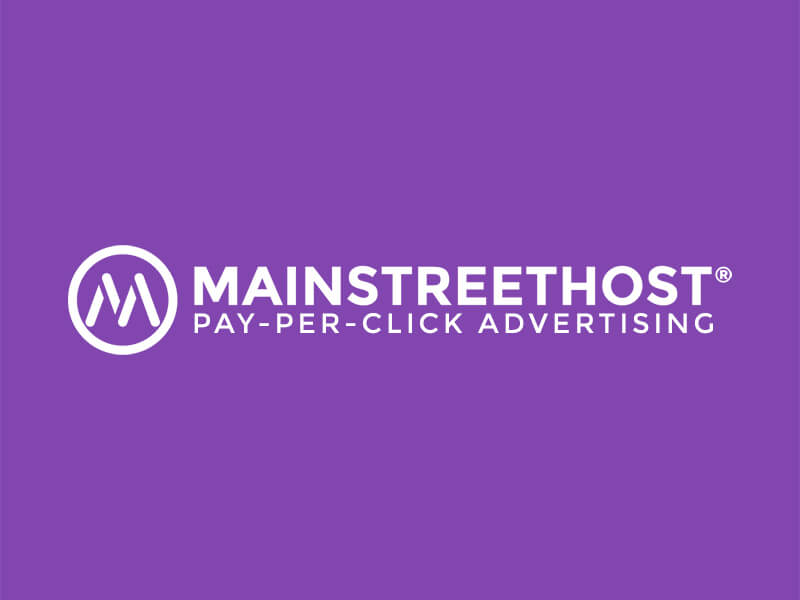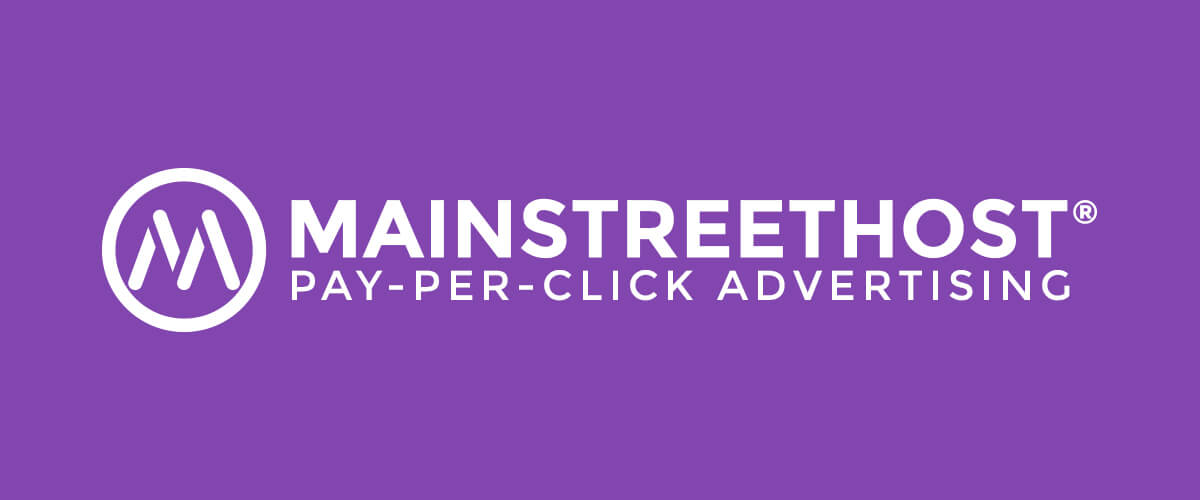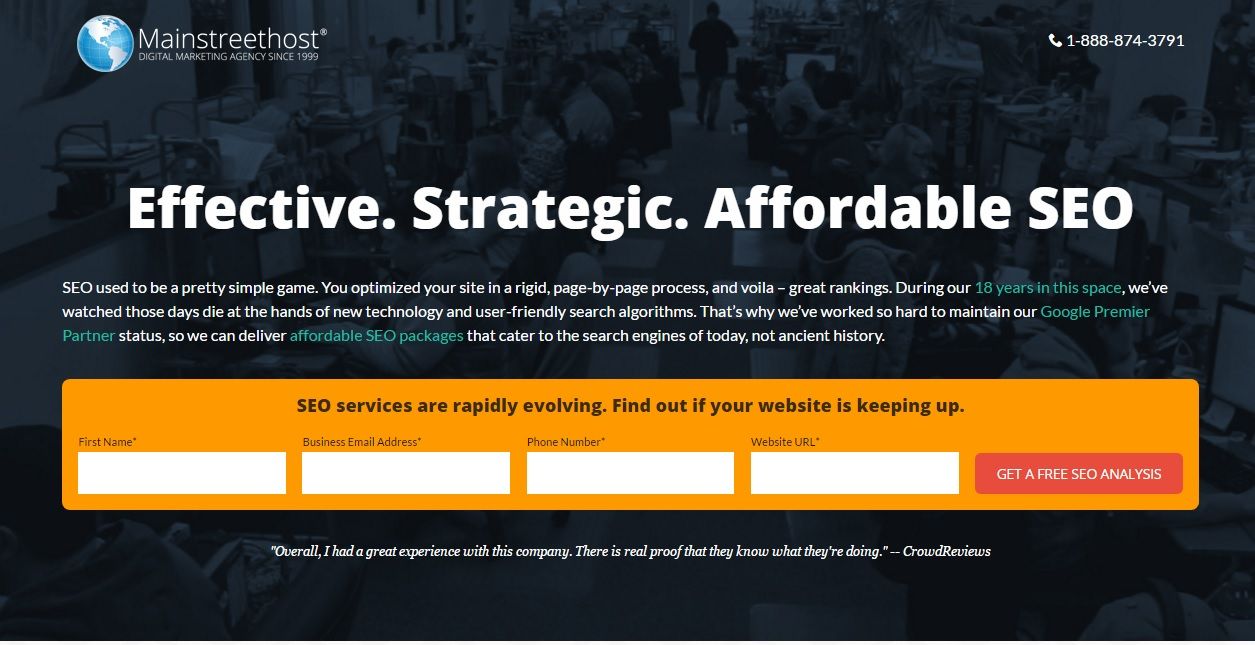Everyone knows that Google is a tech giant and household name. But something less well known is how exactly Google generates profit. Due to its ubiquitous digital footprint, its wide reaching ambitions beyond search, and the verbification of its brand, we tend to take it for granted as a service that simply exists and always will.
Well, they do it primarily by selling advertising space on its search result pages. In 2016, about 71% of Google’s revenues came from ads on their native site. The real estate on their search results and the margins surrounding them are like the Times Square billboard spots of the internet. More consumers spend time looking at such results pages than any other type of page, making them extremely desirable for businesses and advertisers.
The good thing about these ads, though, is that they aren’t only accessible for the biggest brands. Anyone with a Google account can sign up for and bid on AdWords PPC ads.
Let’s take a look at some of the most important elements of successful PPC campaigns.
Keyword Research
Keyword research is an often overlooked element of running PPC campaigns. While this is likely a simple side effect of business owners and marketers having too much on their plates, it’s truly unfortunate. Keyword research can absolutely be the difference between a successful, revenue-driving campaign and an unsuccessful one.
The goal of keyword research is to find keywords to bid on that will bring in the most clicks, conversions, and revenue. Wordstream organizes keywords into four broad categories: brand terms, generic terms, related terms, and competitor terms. Among those, brand and competitor terms are easily grouped: these are terms relating to and/or containing the name of your business, and terms relating to and/or containing the names of your competitors, respectively.
Before you start bidding, it’s important to build a list of keywords encompassing some or all of these categories. A good way to start brainstorming is to move from the broad to the specific. So if you sell cameras for sale, Nikon cameras, canon cameras, camera deals, etc.
The best way to do this is combine online tools (more on these in a bit) with your innate understanding of your business and industry. In your conversations with customers, where do their pain points lie? Are they typically of a digitally native demographic or are they slightly less savvy searchers?
Setting Up Your Campaign
To start the actual set-up, log in to AdWords (do this if you haven’t already; and it will be necessary to get the most out of keyword research, anyways) and select the “Create Your First Campaign” button. As for Campaign Type, stick with “Search Network Only” for now (we’ll get into other campaigns in future posts.)
Now that you have your keyword research out of the way, you should have an idea of which keywords to enter for the campaign. When just starting out, it’s best to limit yourself to ten keywords or less, so you can gauge search volume for those before moving on.
The next step is creating the ad you’ll use. You’re investing time and resources to the campaign, so it’s important to create something that will bring you ROI worthy of your commitment. For the ad’s headline, try to include some of your most prized keywords. You’ll be limited to 30 characters, so it may become necessary to abbreviate. For the second headline, aim for a brief (30 characters or less) value proposition and/or a specific product feature that may separate you from the pack.
Next, set your maximum cost-per-click. You’ll see this referred to as a “default bid.” Remember, as Entrepreneur points out, “Every keyword is theoretically a different market, which means that each of your major keywords will need a bid price of its own. Google will let you set individual bids for each keyword later.”
As for the actual numbers you choose, it will depend on your budget. Whether you see AdWords as a bold new priority or an experimental side project, it’s best to start off on the lower end. Once you get the hang of its ins and outs, you can add more ad spend to the areas you deem most worth of investment.
After this, review all information for possible errors, enter your billing information, and your ads will start going live.
Landing Pages
Once you start bidding and winning phrases with your PPC campaign, you’ll need somewhere to send those users doing the clicking. Now, you could just let your PPC ad direct users to your home page or some vaguely applicable service page on your standalone website. In fact, if you are running many campaigns at once, across a multitude of product categories, some instances of this may be inevitable.
For the most part, though, it’s best to create dedicated landing pages for your PPC campaigns. In the parlance of online marketing, landing pages are typically standalone pages, apart from your website, that have a specific objective. Because of this, they can be specifically tailored to the type of user who would click on your ad, the mindset they might likely be in when they click it, and the readiness to buy they would typically exhibit.
Components of an effective PPC landing page include: a clearly defined title, a key conversion point, branding consistency, compelling (but not fluffy) copy, and a strong value proposition. Also, using a specifically dedicated landing page allows you to A/B test your PPC campaign in a more controlled environment. This helps maximize results.
Ad Ranking Factors
It’s widely accepted that the most important aspect of PPC ad ranking is your ad’s “Quality Score.” This is the value that Google gives to your ad’s relevance. You can see your Quality Score and the breakdown of its components (expected clickthrough rate, ad relevance, and landing page experience) in the “Status” column for your keywords.
In fact, it’s possible to outrank a competitor who is spending more than you if your Quality Score is high enough. Per Google’s very own AdWords Help portal: “When estimating the expected impact of extensions and ad formats, we consider such factors as the relevance, clickthrough rates, and the prominence of the extensions or formats on the search results page. So even if your competition has higher bids than yours, you can still win a higher position at a lower price by using highly relevant keywords and ads.”
Campaign Management
With PPC, as with most things marketing-related, it’s important to focus your efforts into dedicated campaigns. This way, you can attribute accurate ROI to specific campaigns and strategies. When patterns begin to emerge, you’ll know what direction to take campaigns in the future. Accordingly, PPC is far from a “set it and forget it” affair. Constant testing and tweaking are necessary to ensure you are spending your resources wisely.
One key aspect of campaign management is adding new phrases and negative keywords. While you are doing keyword research, you’ll notice some mid-volume, attainable search phrases that you aren’t ranking for. Try adding keywords contained therein to your campaign to access some of that much-needed traffic. Conversely, you should also begin to notice search phrases you are ranking for that are bringing you the wrong kind of traffic. We know, we know, what traffic could possibly be bad traffic?
Well, in the case of PPC, it makes sense to be picky. After all, you’re paying for this traffic. So, if there is a specific type or brand of product that you don’t sell, Google is awarding you ads for searches that contain it, you can add a negative keyword. These let Google know that you won’t be bidding on ads for any searches that contain said keyword. That way, you’ll avoid wasting your ad spend and ensure that the ads you do contend for are better targeted for clicks and traffic you can actually benefit from. After all, what would be the point of PPC if the clicks it generated for you weren’t helping your bottom line?
Finally, use the campaign management phase to refine your landing pages. Once you can see how they are performing, it’s a good opportunity to run A/B tests until you find the configuration that works best. PPC constitutes a diverse and often complex world of marketing strategies; as with anything, you have to start somewhere. Hopefully, this guide has been a helpful introduction, and look out for some more specific strategic informational content on the way!



